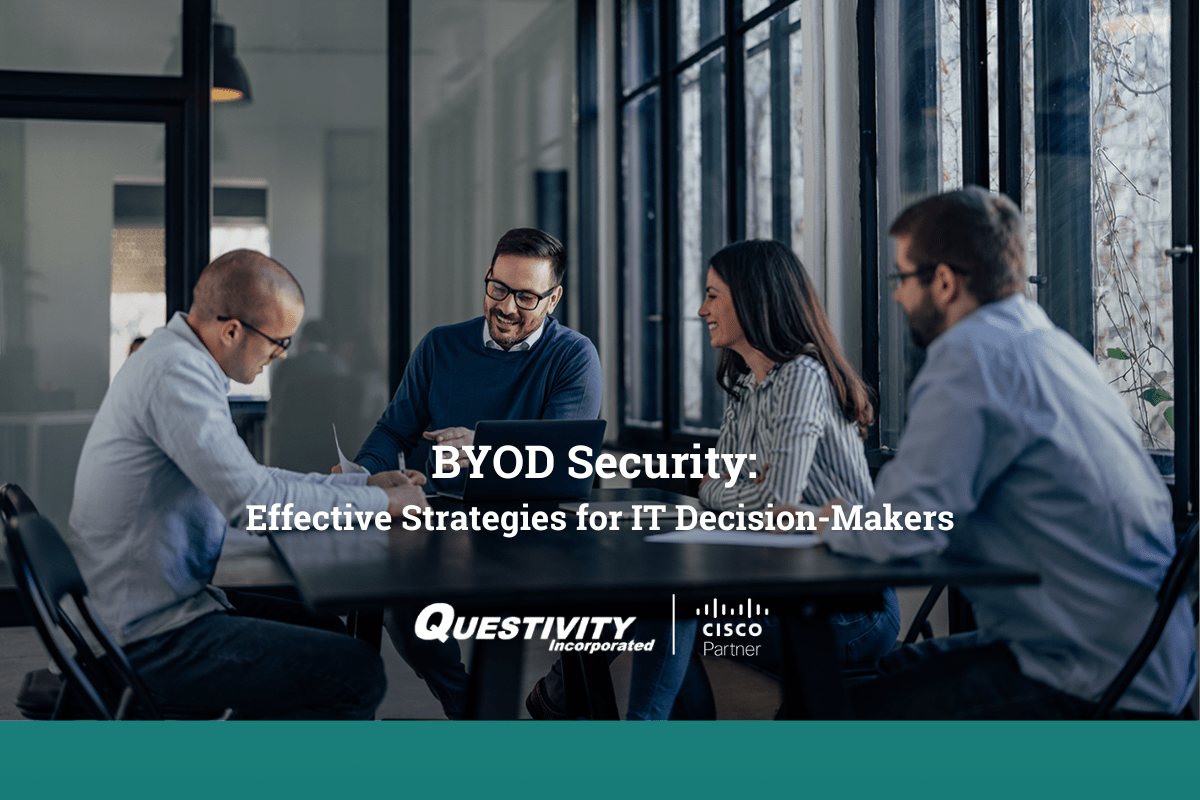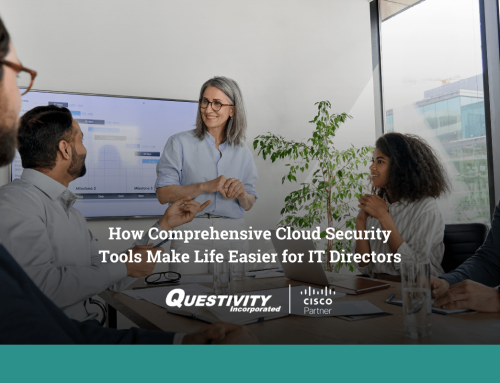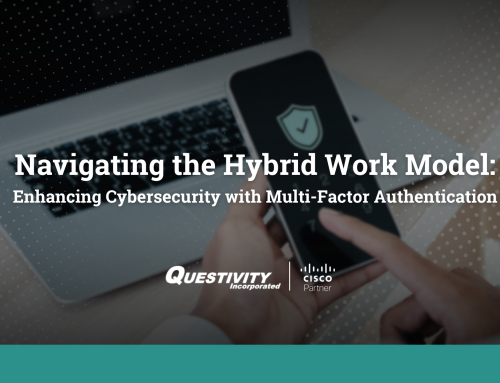The Growing Prevalence of BYOD and Its Impact on IT Security
Bring Your Own Device (BYOD) is a policy that allows employees to use their own devices, such as smartphones, tablets, and laptops, for work purposes. Embraced by industries like technology, finance, and healthcare, the BYOD trend is reshaping workplaces across industries, driven by the desire for increased productivity, employee satisfaction, and cost savings. But with these benefits come new challenges, especially in maintaining BYOD security.
Employees are increasingly using personal devices for work, which blurs the line between personal and professional data. Personal devices connecting to corporate networks can increase the risk of data breaches, unauthorized access, and other cybersecurity threats.
Mitigating BYOD Risks with Advanced Solutions: The Role of Meraki and Duo
Addressing BYOD security challenges requires robust solutions like Cisco Meraki and Cisco Duo. Cisco Meraki provides comprehensive tools for enhanced visibility and control over network devices, including those owned by employees. Its cloud-managed IT solutions simplify complex network management and enable remote enforcement of security policies.
Duo Security complements Meraki by adding two-factor authentication (2FA). This ensures that access to sensitive corporate resources is only granted after verifying the user’s identity through two different forms of validation. Together, Meraki and Duo form a strong defense against potential security breaches in BYOD environments.
Best Practices for Secure BYOD Management
Implementing a secure BYOD policy involves more than just technology. It requires clear guidelines and employee education. Here are some actionable strategies for IT decision-makers:
- Establish Clear BYOD Policies: Define acceptable use; specify which types of devices are allowed and outline required security protocols.
- Regular Security Assessments: Continuously evaluate security measures, including regular audits of network access points and the effectiveness of deployed security solutions.
- Educate Employees: Conduct training sessions to inform employees about BYOD risks and teach them how to secure their devices.
- Use Encryption: Ensure all data transmitted between personal devices and corporate networks is encrypted to prevent interception by unauthorized parties.
- Remote Wipe Capabilities: Implement the ability to remotely wipe sensitive data from lost or stolen devices to prevent data breaches.
Navigating the Complexities of BYOD Environments
As BYOD becomes more prevalent, IT leaders must implement robust security measures. Following best practices and staying informed about the latest security technologies provides you with valuable insights on how to build your BYOD strategy. But, if you want to go the extra mile and ensure the safety of your data, advanced solutions like Cisco Meraki and Duo will protect your organization from security vulnerabilities.
Ready to Secure Your BYOD Environment?
Questivity is here to help you navigate the complexities of BYOD security with tailored solutions and expert advice. Contact us today to learn how integrating Cisco Meraki and Duo into your IT infrastructure can enhance security and streamline management. Let’s transform your challenges into opportunities together!







Leave A Comment